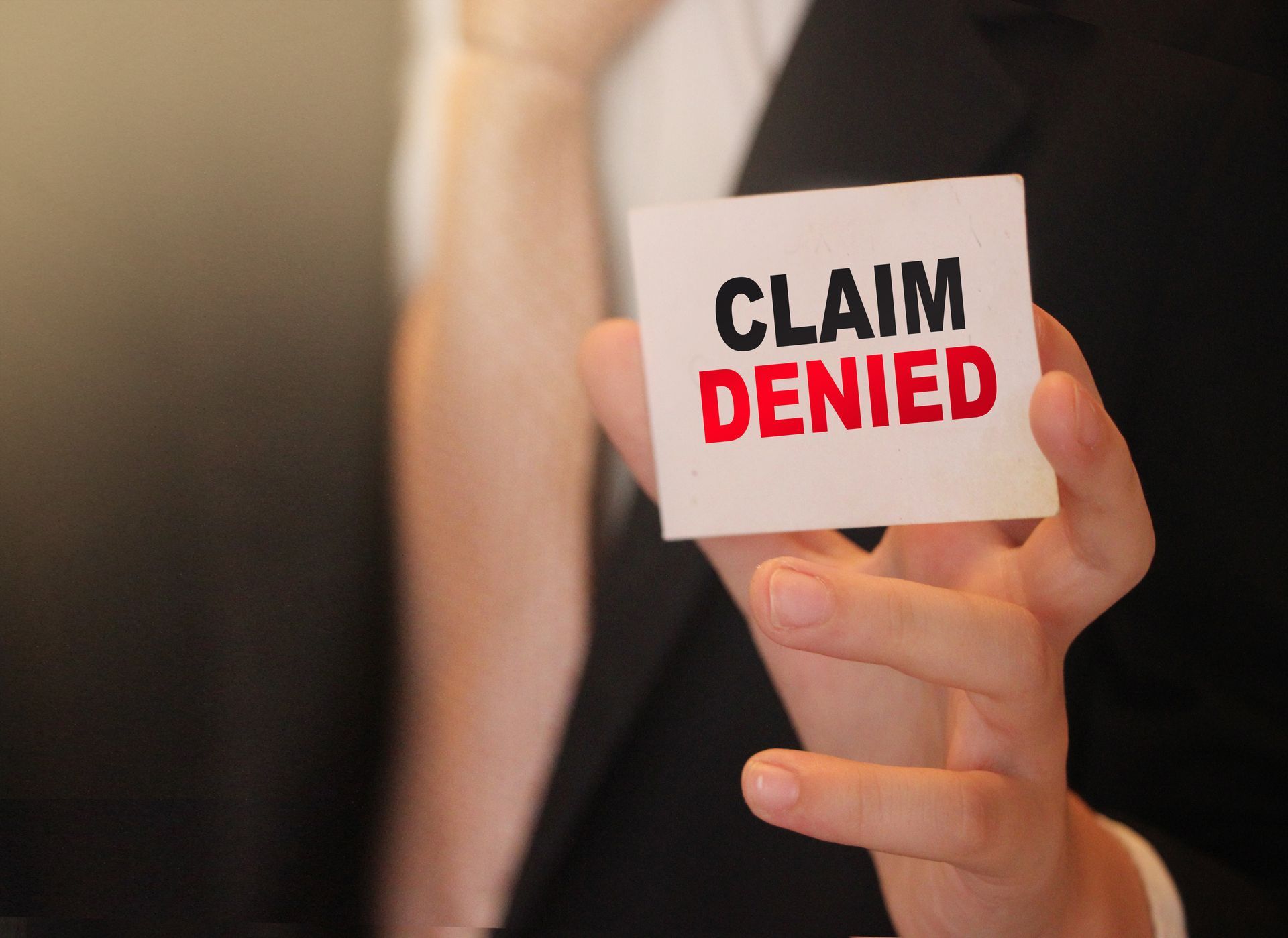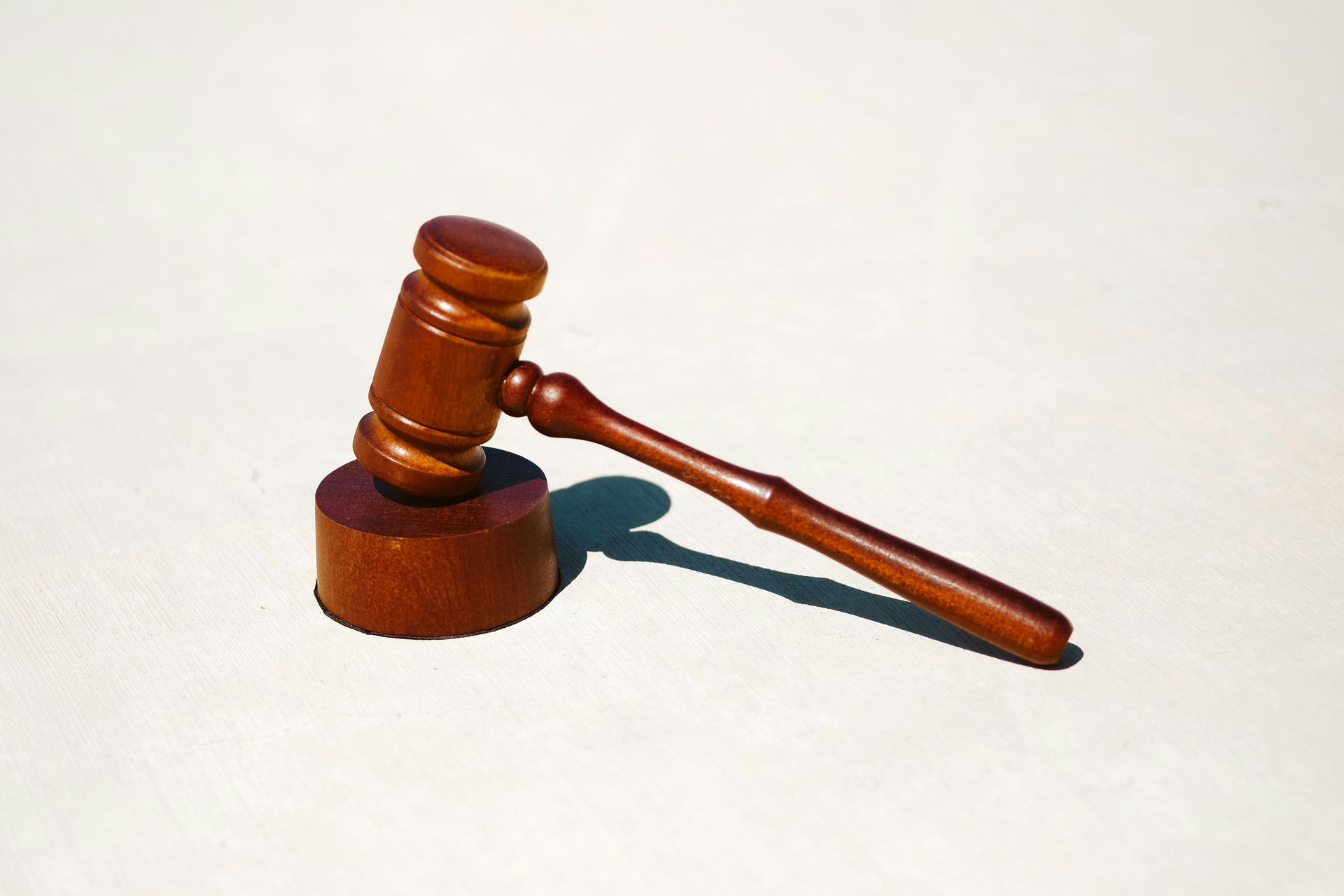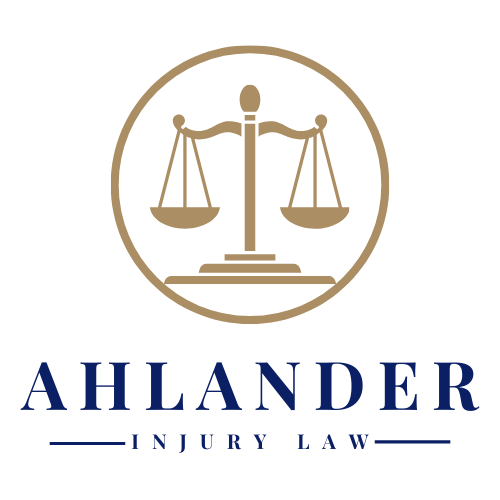Evidence Tips to Strengthen Your Slip and Fall Lawsuit
Slip-and-fall accidents are a common occurrence, often leading to serious injuries and complex legal proceedings. These incidents typically happen in places like grocery stores, sidewalks, and workplaces, where environmental hazards may be present. Legally, a slip-and-fall accident can lead to personal injury claims, requiring substantial evidence to support the claim. Proving liability and negligence in these cases can be particularly challenging, as it often involves demonstrating that the property owner failed to maintain a safe environment.
In Nevada, where Ahlander Injury Law operates, the legal implications of slip-and-fall accidents are significant. The state requires that personal injury claims be filed within a specific timeframe, known as the statute of limitations. Gathering and preserving evidence becomes crucial, as it can heavily influence the outcome of compensation claims. The importance of evidence is not only in proving the incident occurred but also in establishing the extent of the injuries and the liability of the responsible party.
The Importance of Timely Evidence Collection
Collecting evidence immediately after a slip-and-fall accident is essential. Over time, critical details can be forgotten, and physical evidence can be altered or lost. The evidence collected plays a pivotal role in substantiating claims and can significantly impact the compensation awarded. In Nevada, personal injury claims are subject to a statute of limitations, typically two years from the date of the accident, as outlined by the Nevada Legislature. This time-sensitive nature makes prompt evidence collection even more critical.
Key Types of Evidence to Collect
For a strong slip-and-fall case, various forms of evidence should be gathered:
Photographic evidence: Taking pictures of the scene is crucial. Photos should include the hazard that caused the fall, weather conditions, and any visible injuries. This visual documentation can be compelling in court.
Witness statements: Obtaining contact information and statements from anyone who witnessed the accident is vital. Witnesses can provide an unbiased account of the incident, supporting the victim's claims.
Incident reports:
If available, obtaining official reports from property managers or security personnel can provide an authoritative account of the incident. These reports often include details that can corroborate the victim's version of events.
Medical records: Documenting injuries with the help of healthcare professionals is necessary. Medical records serve as evidence of the injuries sustained and the treatment required, which is important for calculating compensation.
Each type of evidence contributes to establishing liability and the extent of damages, forming the backbone of a personal injury case.
Documenting the Scene Effectively
Effectively documenting the accident scene involves a systematic approach:
Use a smartphone or camera: Take clear photos from multiple angles. Capture the entire scene, focusing on the hazard and surrounding area.
Note any warning signs:
Identify and photograph any warning signs present or the absence of them, which can indicate negligence.
Record environmental conditions: Note conditions such as lighting, wet floors, or other factors that may have contributed to the fall.
Maintaining a detailed personal account of the incident immediately after it occurs is also important. This can serve as a personal record to reference later.
Gathering Testimonies and Statements
Identifying and speaking with witnesses at the scene is a critical step. When approaching witnesses for their statements, it's important to ask open-ended questions and record their accounts accurately. Questions should focus on what the witness saw, heard, and did at the time of the accident. Professional testimonies, such as those from expert witnesses, can provide insights into safety standards and potential negligence. These expert opinions can be invaluable in court, offering a professional perspective on the incident.
Preserving Evidence for Legal Proceedings
To ensure evidence remains intact and admissible in court, certain steps should be followed:
Proper storage of physical evidence: Items like clothing or shoes worn during the accident should be preserved as they may show signs of the incident.
Organize documentation: Keep all records, photos, and statements organized and readily accessible for legal proceedings.
Consult with legal professionals: Understanding what evidence is most critical can be aided by consulting with legal experts. The
[American Bar Association](https://www.americanbar.org) provides resources on best practices for evidence preservation.
Proper preservation of evidence is essential to maintaining its integrity for use in legal proceedings.
The Role of Legal Counsel in Evidence Gathering
Personal injury lawyers, like those at Ahlander Injury Law, play a crucial role in collecting and organizing evidence, which enhances the strength of a case. Legal representation offers significant advantages in negotiations with insurance companies and opposing parties. Lawyers bring expertise in understanding regional laws and court procedures, particularly in Nevada. Their knowledge of local legal nuances can be pivotal in securing fair compensation for their clients.
Understanding Liability and Negligence
Liability and negligence are central to any slip-and-fall case. Establishing these requires showing that the property owner knew or should have known about the hazardous condition and failed to address it. This can involve proving that the hazard was present long enough for the owner to take action or that the owner did not follow standard safety procedures. Evidence such as maintenance records or video surveillance can be instrumental in demonstrating negligence. Understanding these legal concepts is essential for anyone involved in a slip-and-fall case, as they directly affect the potential for compensation.
Understanding slip and fall accidents and the importance of timely evidence collection can significantly impact the outcome of personal injury claims. By effectively gathering and preserving evidence, individuals can strengthen their cases and improve their chances of receiving fair compensation. Legal counsel plays an invaluable role in this process, ensuring that all evidence is appropriately handled and presented. For those affected by slip and fall accidents, taking prompt action and seeking professional legal assistance is crucial to achieving a favorable resolution.
If you have experienced a slip and fall accident and need legal assistance, contact Ahlander Injury Law today. Our experienced team is dedicated to helping you gather the necessary evidence and navigate the legal process to secure the compensation you deserve.





